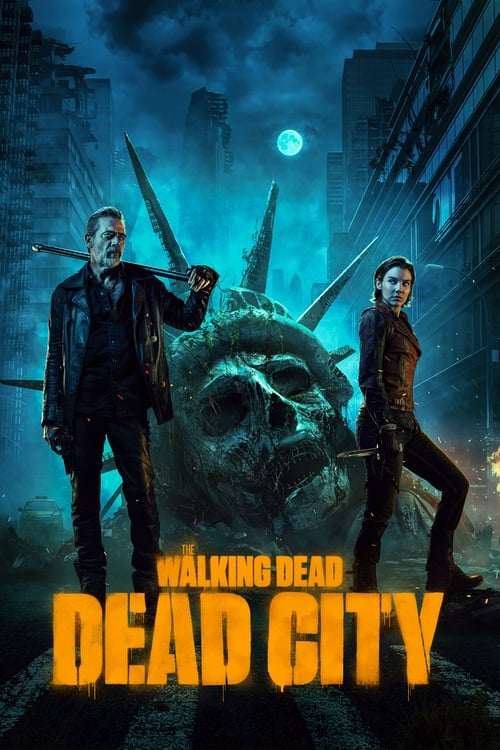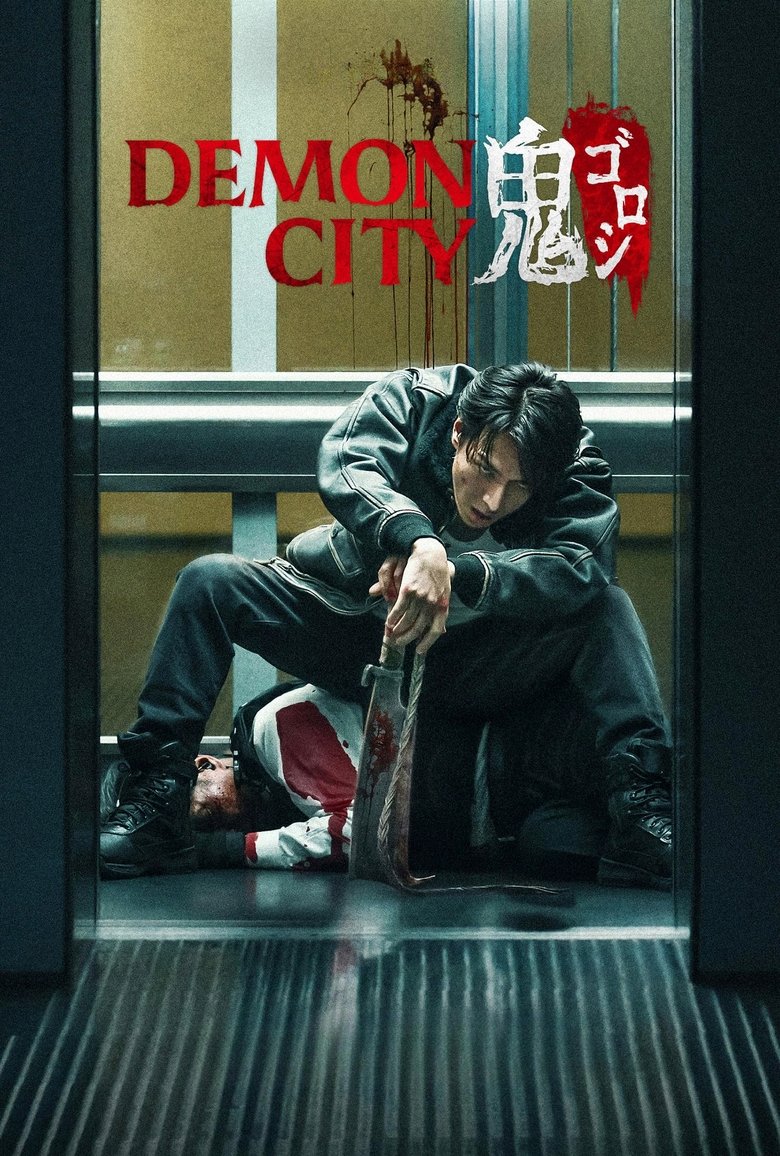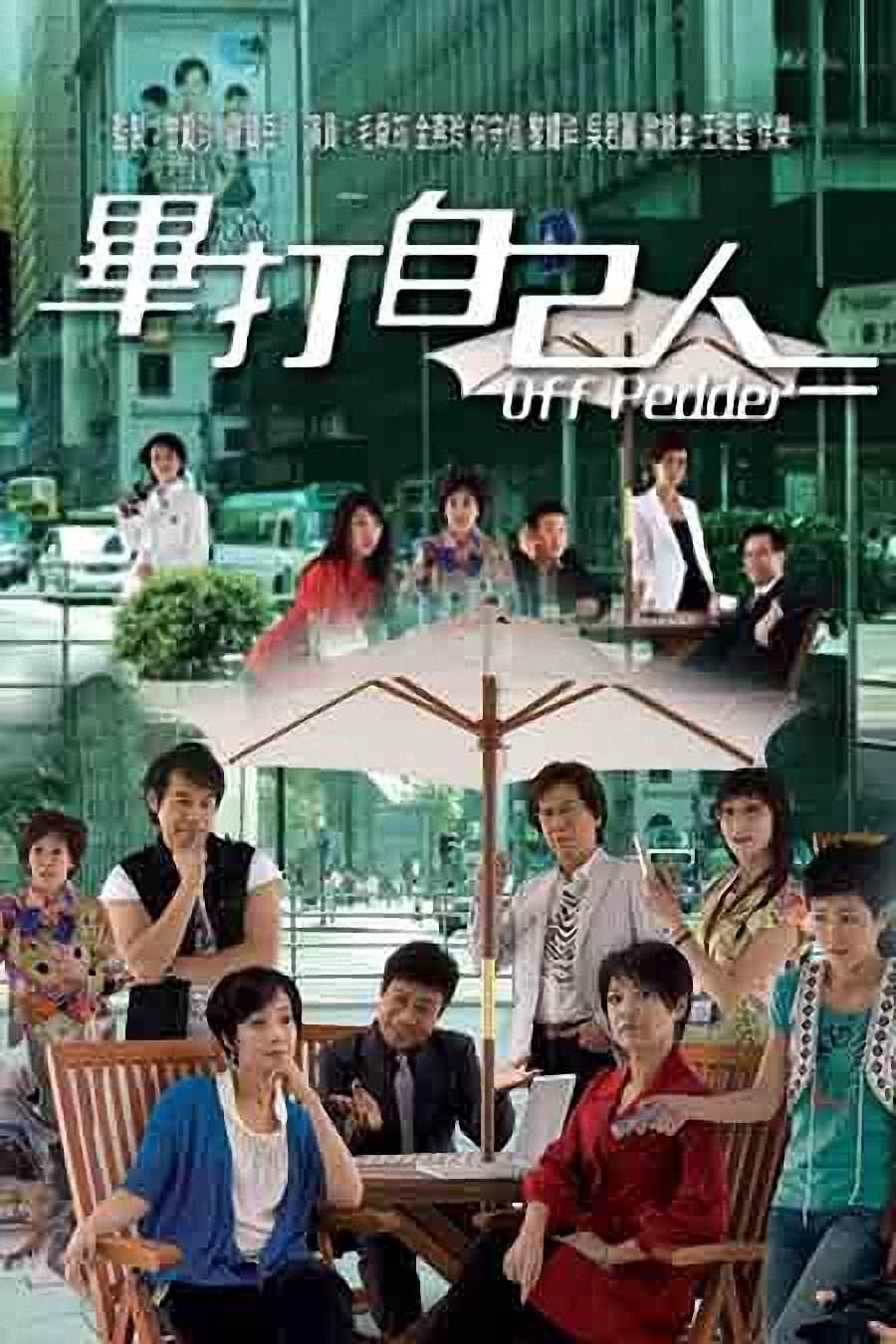Occupied City
In the realm of cinematic brilliance, "Occupied City" emerges as a riveting excavation of history, seamlessly intertwining the haunting echoes of Nazi occupation in Amsterdam during World War II with the tumultuous landscapes of recent times marked by pandemics and protests. Directed with finesse, the film offers viewers a compelling jouey through the corridors of time, delivering a poignant reflection on memory, the relentless passage of time, and the enigmatic uncertainties of the future.
Pauline Kael, the doyenne of film criticism, once said, "In the best films, the camera organizes what we see, and the way the people move and the way the cutting works with the camera organizing the visual material makes us react emotionally in ways that are like the way we react to people."
"Occupied City" impeccably embodies Kael's sentiment, with each frame meticulously crafted to elicit profound emotional responses. The cinematography, a delicate dance between the past and the present, captures the essence of Amsterdam under Nazi occupation, drawing parallels to contemporary challenges. The film's ability to seamlessly weave together historical narratives with the complexities of today's world is a testament to its storytelling prowess.
The narrative unfolds like a carefully curated tapestry, revealing the resilience of the human spirit against the backdrop of adversity. The characters, intricately portrayed by a stellar cast, breathe life into the historical vignettes and mode-day struggles. The audience is invited to empathize with the inhabitants of Amsterdam during the darkest hours of the past, drawing uncanny parallels to the challenges faced by today's global society.
As the film oscillates between eras, it becomes a mirror reflecting our collective jouey through time. The Nazi occupation becomes a metaphor for oppression, while the recent years of pandemic and protest serve as a crucible for resilience and resistance. The juxtaposition is both poignant and thought-provoking, prompting viewers to ponder the cyclical nature of human history.
The thematic richness of "Occupied City" extends beyond its narrative. The soundtrack, a melodic companion to the visual symphony, enhances the emotional resonance of each scene. The use of historical archives seamlessly blended with contemporary footage further blurs the lines between past and present. It is a masterful stroke, reinforcing the film's central message that history is not a static entity but an ever-evolving force that shapes our present and future.
In the tradition of Pauline Kael's disceing eye, "Occupied City" invites scrutiny not just for its storytelling but for its visual language. The camera becomes a silent narrator, capturing the nuanced expressions, the silent protests, and the resilient glimmers of hope. It is a cinematic feast for those who revel in the art of storytelling through visuals.
The film's exploration of memory is a profound meditation on the collective consciousness of a city scarred by history. The recurring motifs, the symbolic imagery, and the nuanced use of color all contribute to a visual lexicon that transcends language. It is a testament to the director's commitment to creating a universal narrative that resonates beyond linguistic boundaries.
As the film navigates through the labyrinth of time, it skillfully tackles the complexities of memory – how it shapes our perceptions, influences our actions, and binds communities together. In a world grappling with collective amnesia, "Occupied City" emerges as a poignant reminder that understanding our past is indispensable for charting a meaningful course into the future.
In the realm of film criticism, Pauline Kael emphasized the importance of the emotional response elicited by a film. "Occupied City" not only evokes emotions but serves as a catalyst for introspection. It prompts viewers to confront uncomfortable truths, challenging them to reassess their understanding of history and its enduring impact on contemporary society.

Occupied City
-
Status:
- Trailer - Multi-Subtitles
- Bianca Stigter
Directors: Steve McQueen
Actors: Melanie Hyams
Genres: New Movies, War, History - Biography,
Country:
Time: 4 hours 6 minutes
Release Year: 2023
Productors:
In the realm of cinematic brilliance, "Occupied City" emerges as a riveting excavation of history, seamlessly intertwining the haunting echoes of Nazi occupation in Amsterdam during World War II with the tumultuous landscapes of recent times marked by pandemics and protests. Directed with finesse, the film offers viewers a compelling jouey through the corridors of time, delivering a poignant reflection on memory, the relentless passage of time, and the enigmatic uncertainties of the future.
Pauline Kael, the doyenne of film criticism, once said, "In the best films, the camera organizes what we see, and the way the people move and the way the cutting works with the camera organizing the visual material makes us react emotionally in ways that are like the way we react to people."
"Occupied City" impeccably embodies Kael's sentiment, with each frame meticulously crafted to elicit profound emotional responses. The cinematography, a delicate dance between the past and the present, captures the essence of Amsterdam under Nazi occupation, drawing parallels to contemporary challenges. The film's ability to seamlessly weave together historical narratives with the complexities of today's world is a testament to its storytelling prowess.
The narrative unfolds like a carefully curated tapestry, revealing the resilience of the human spirit against the backdrop of adversity. The characters, intricately portrayed by a stellar cast, breathe life into the historical vignettes and mode-day struggles. The audience is invited to empathize with the inhabitants of Amsterdam during the darkest hours of the past, drawing uncanny parallels to the challenges faced by today's global society.
As the film oscillates between eras, it becomes a mirror reflecting our collective jouey through time. The Nazi occupation becomes a metaphor for oppression, while the recent years of pandemic and protest serve as a crucible for resilience and resistance. The juxtaposition is both poignant and thought-provoking, prompting viewers to ponder the cyclical nature of human history.
The thematic richness of "Occupied City" extends beyond its narrative. The soundtrack, a melodic companion to the visual symphony, enhances the emotional resonance of each scene. The use of historical archives seamlessly blended with contemporary footage further blurs the lines between past and present. It is a masterful stroke, reinforcing the film's central message that history is not a static entity but an ever-evolving force that shapes our present and future.
In the tradition of Pauline Kael's disceing eye, "Occupied City" invites scrutiny not just for its storytelling but for its visual language. The camera becomes a silent narrator, capturing the nuanced expressions, the silent protests, and the resilient glimmers of hope. It is a cinematic feast for those who revel in the art of storytelling through visuals.
The film's exploration of memory is a profound meditation on the collective consciousness of a city scarred by history. The recurring motifs, the symbolic imagery, and the nuanced use of color all contribute to a visual lexicon that transcends language. It is a testament to the director's commitment to creating a universal narrative that resonates beyond linguistic boundaries.
As the film navigates through the labyrinth of time, it skillfully tackles the complexities of memory – how it shapes our perceptions, influences our actions, and binds communities together. In a world grappling with collective amnesia, "Occupied City" emerges as a poignant reminder that understanding our past is indispensable for charting a meaningful course into the future.
In the realm of film criticism, Pauline Kael emphasized the importance of the emotional response elicited by a film. "Occupied City" not only evokes emotions but serves as a catalyst for introspection. It prompts viewers to confront uncomfortable truths, challenging them to reassess their understanding of history and its enduring impact on contemporary society.



























